Some Romanian Musings on Bela Bartok’s Memorial in London
You may well ask, what linkage, if any, may exist between Hungary and Romania in Britain? what exactly are these parallels and what food for thought?
Bela Bartok and Georges Enesco
Like Bartok, Enesco also left his native land, to become an exile in Paris, after the war, during a dark period in the history of the Romanian diaspora. These turned out to be times clouded by recrimination, suspicion, kicks under the belt and wrangles, all with a negative effect on artistic output. Here, in post-war Paris, one felt the rebound of the strong arm of the French Communist Party of Stalinist persuation, doubled by the undercover activities of the Securitate, the Romanian Secret Services, in the hands of which suffered so much Monica Lovinescu, Eugene Ionesco, Virgil Gheorghiu, Horia Vintila, to mention just a few. They were all subjected to a persistent and vicious witch-hunt in the hands of the French communists and their fellow travelers (viz. Monica Lovinescu, Vintila Horia, et al.).
In the above context it might be revealing to analyse further the effect which such uprooting had on the lives of both Bartok and Enesco.
Who is Imre Varga, the artist of Bartok’s Memorial?
The life of Hungarian sculptor Imre Varga (b. 1923) reflects, as one would expect, the historical and political meanders of his country, during the 20th century. By comparison, this presents many commonalities with his Romanian counterparts, who showed an equal enthusiasm at adapting to changing political circumstances, first during the right-wing nationalist dictatorship, followed by an anti-Stalinist war in the East, on the side of Germany, only to heap praise, subsequently, on a “liberating” Soviet Army and finally to end up a member of the European Union: not exactly an easy sailing, on choppy waters, when many contemporary artists either wrecked their careers, or chose instead to take the heavy road of exile. Such was the case of Bartok, whose memorial has just been erected in South Kensington.
However, beyond the above historic details, considering in greater depth such events, what is tangible today, is the very cultural statement in London, represented by Bartok’s memorial statue. This is proof of some perseverance in the face of a diminishing Memory and one must salute the acknowledgment of an errant son of the Banat province and a friend of Romania, who towers above the narrow confines of past chauvinist and irredentist propaganda. For the Banat of Timisoara, that historical province integrated to the Kingdom of Romania after WWI, offered the World, artists, poets, composers and writers, amongst whom, more recently one should not forget Herta Muller, the 2009 Nobel Prize Laureate for Literature and like bartok, a native of the Romanian Banat.
http://www.romanianstudies.org/content/2009/10/herta-muller-the-journey-to-the-2009-nobel-prize-for-literature/

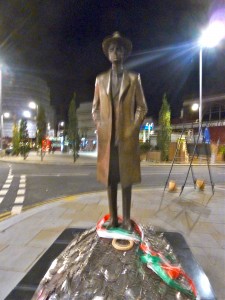
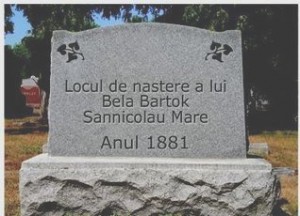
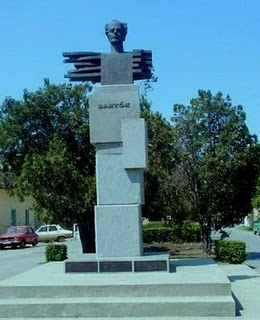
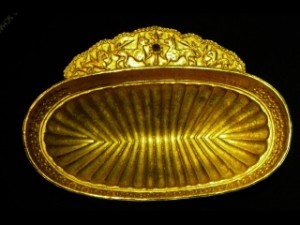
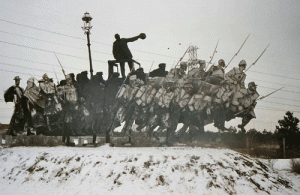
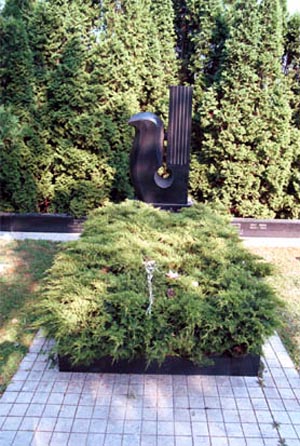

No Comments so far ↓
Like gas stations in rural Texas after 10 pm, comments are closed.